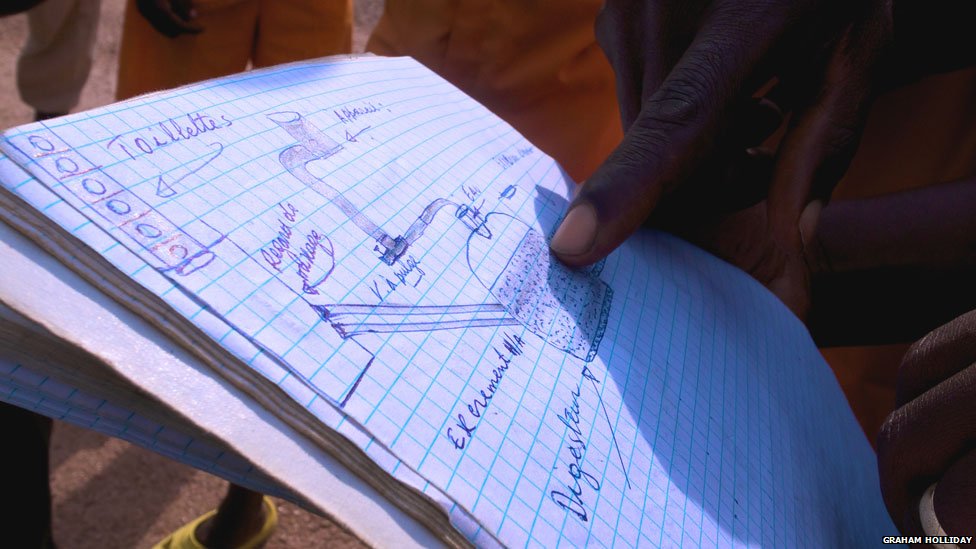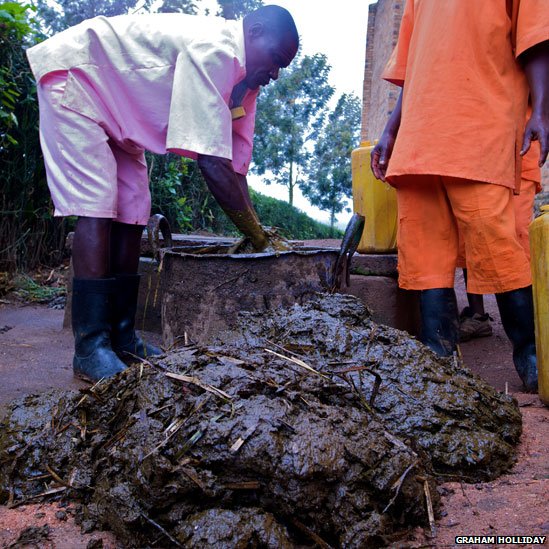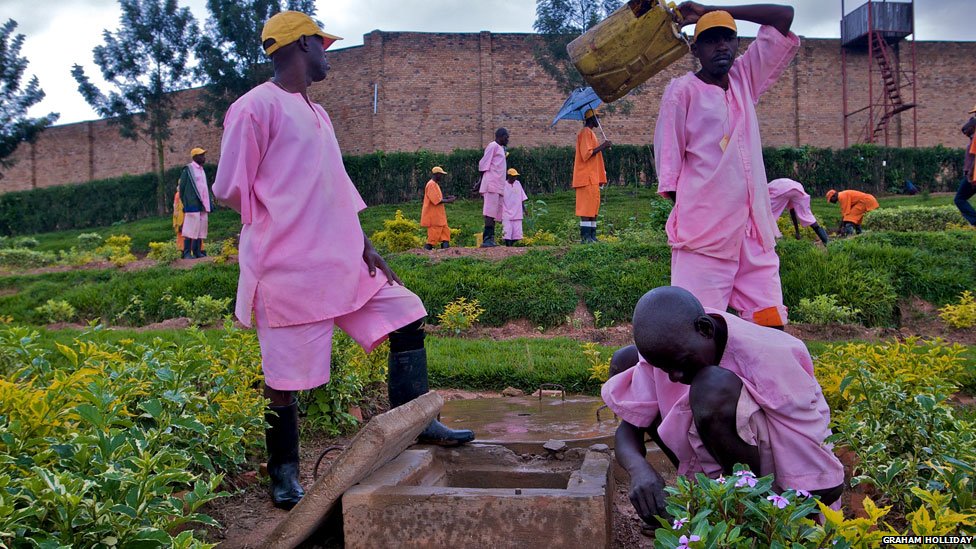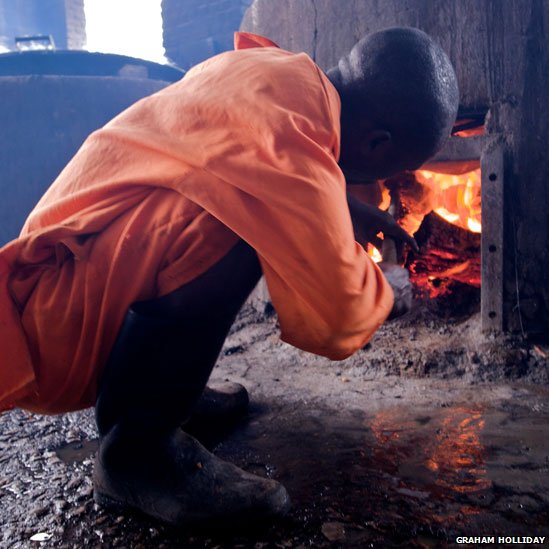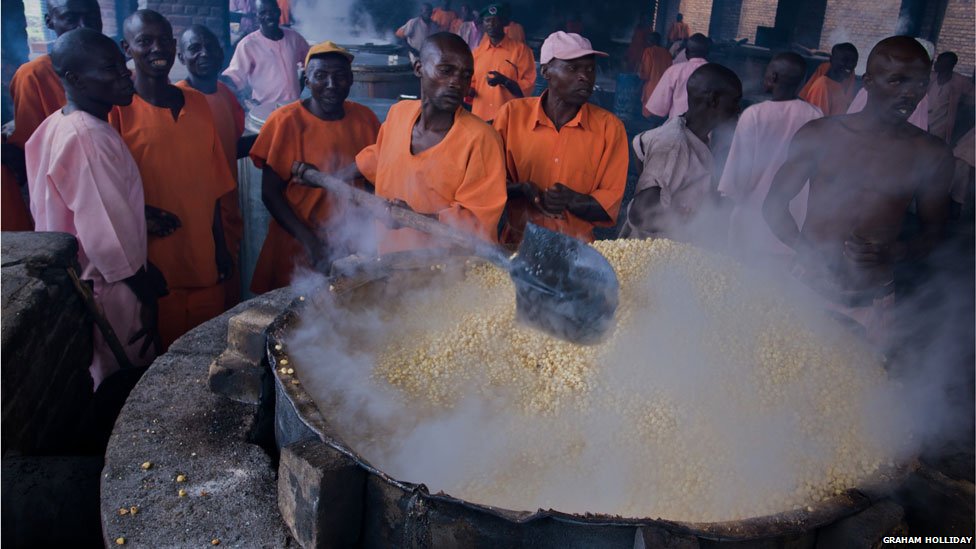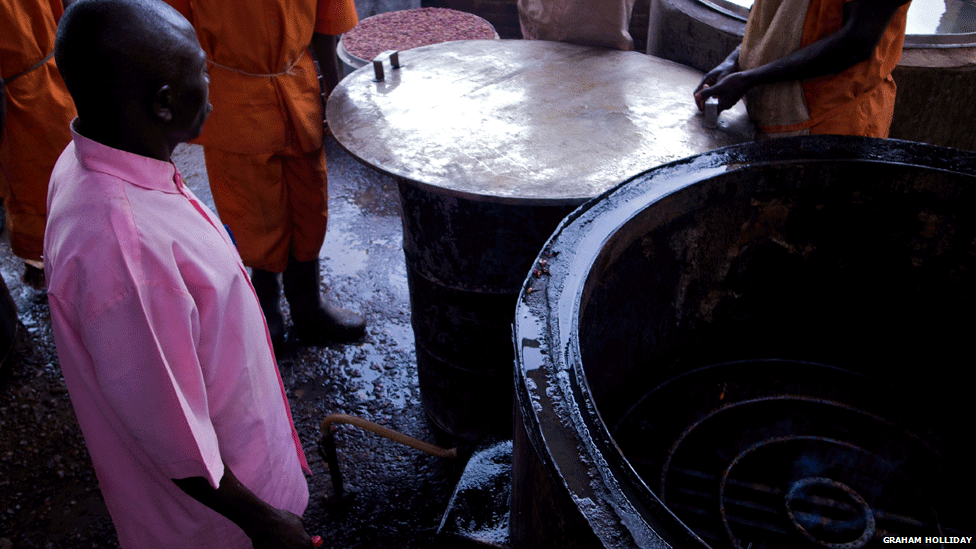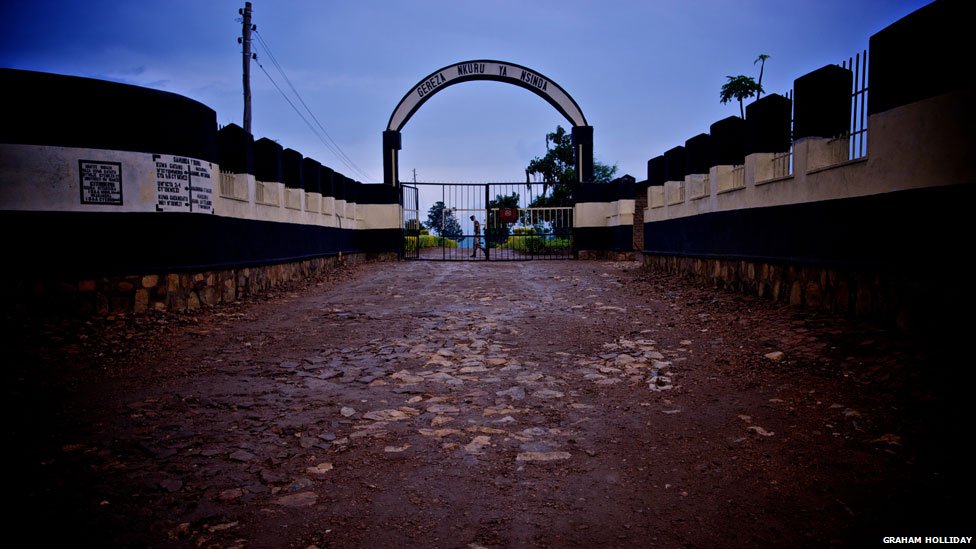Ab-Titchaz
JF-Expert Member
- Jan 30, 2008
- 14,631
- 4,225
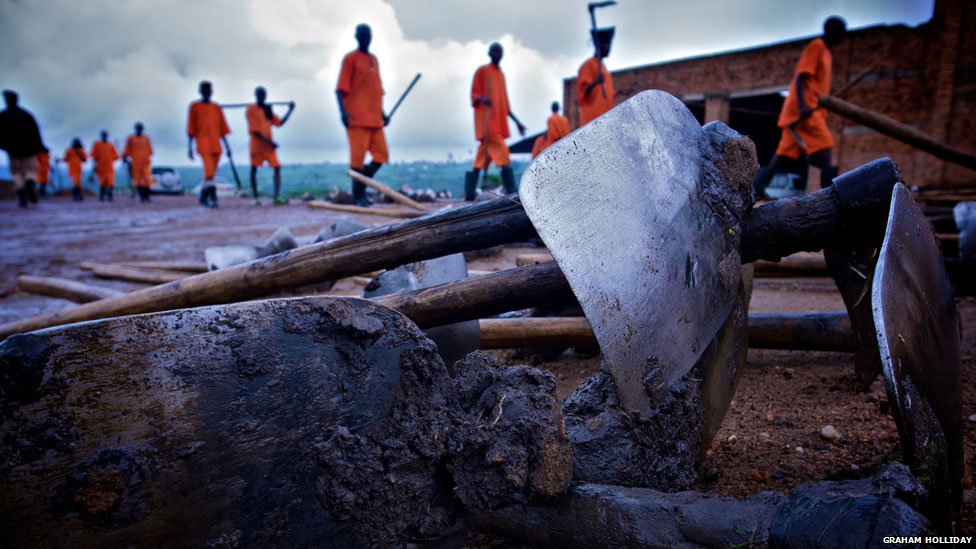
In order to reduce costs and protect Rwanda's forests the country's 14 prisons have introduced biogas burners so they are now 75% powered by the inmates own waste.

Almost 8,000 prisoners live in Nsinda Prison, most of them convicted of involvement in Rwanda's 1994 genocide. Under the constant watch of guards, they work the immaculate fields surrounding the prison in Rwamagana district, about 60km (25 miles) east of the capital, Kigali. They farm beans, maize, bananas and cassava - most of which ends up inside the pot in one of the prison's two large kitchens.
